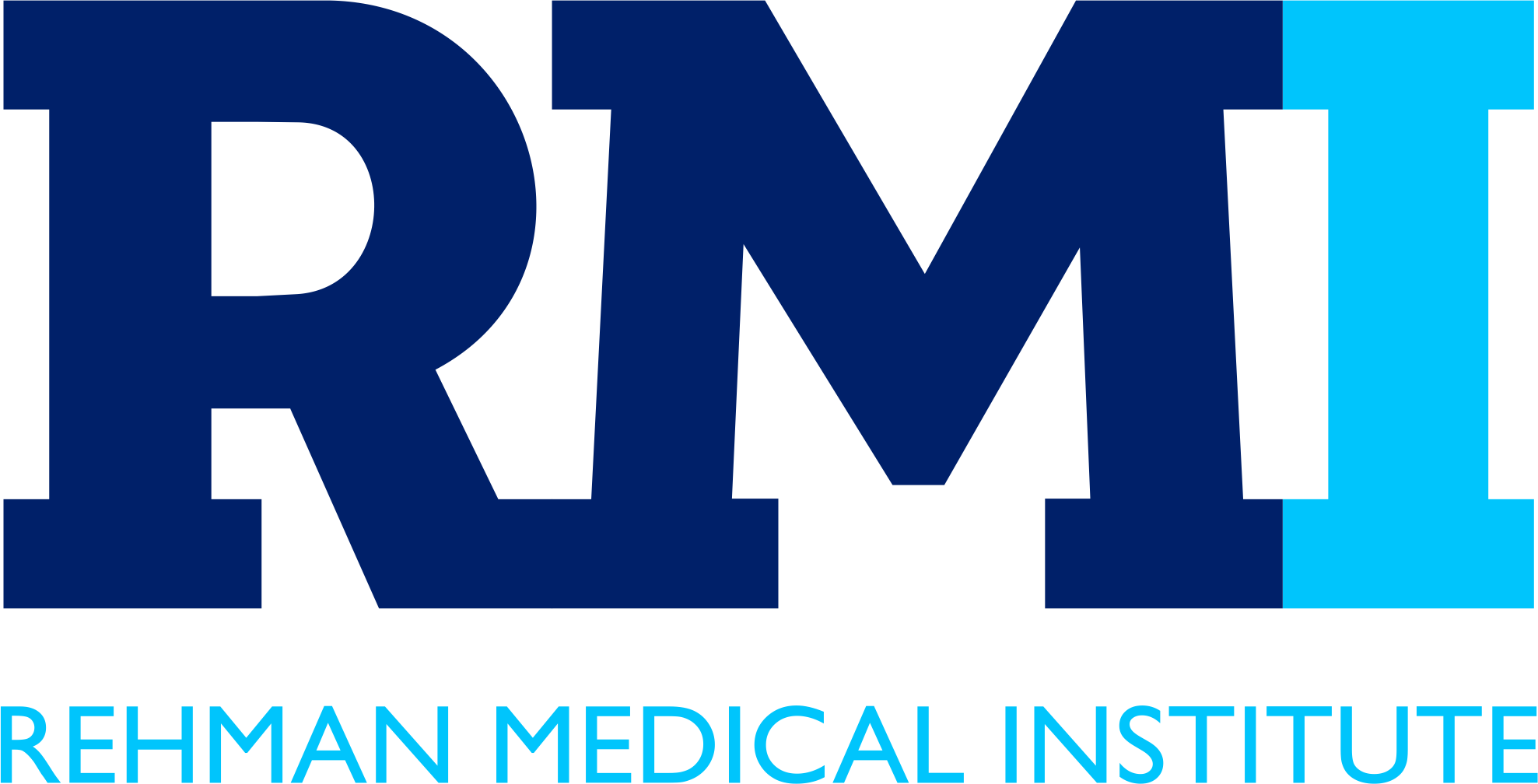Adult Cardiology
Advanced Cardiology Care
We are one of the nation’s top cardiac hospitals with an expert team ready to work with you to ensure your optimal heart health.
As one of the nation’s top cardiac hospitals, RMI Teaching hospital has assembled an expert team of nationally known cardiac surgeons skilled in all aspects of heart care.
Combined with state-of-the-art technology, RMI provides innovative diagnosis, care and treatment and is home to the Center for Innovation to advance prediction and prevention of cardiovascular disease. In addition, nation’s top class cardiac surgeons provide expertise in all facets of surgery such as off-pump coronary bypass grafting, complex valvular and aortic surgery.
Cardiac disease encompass a variety of conditions that affect the heart. Some of these conditions include: heart failure, heart attack , heart murmurs, palpitations, shortness of breath. There are many things that can increase the likelihood of developing cardiac(heart) disease these are called risk factors. Some risk factors you cannot control — age or ethnicity, for example — but there are many others that you can, such as diet, exercise, alcohol and tobacco use. Early detection and management of these factors is crucial to improving an individual’s quality of life.
RMI provides such services through its various preventive and tailored educational programs or direct clinical care provided by our multidisciplinary team comprised of expert cardiologists, interventional cardiologists, cardiac surgeons, anesthesiologists, and echocardiographers; alongside our dedicated team of nurses, technicians, pharmacists, and staff are skilled in all aspects of health care.

Treatments
- Coronary Artery Disease
- Mitral Valve Regurgitation or Stenosis
- Aortic Valve Regurgitation or Stenosis
- Tricuspid Valve Regurgitation or Stenosis
- Pulmonary Valve Regurgitation or Stenosis
- Cardiac Tumours
- Pericarditis
- Pericardial Effusion
- Syncope
- Heart Failure
- Heart Murmurs
- Heart Palpitations
- Abdominal Aortic Aneurysm
- Thoracic Aortic Aneurysm
- Aortic Dissection
- Aortic Rupture
- Left Ventricular Aneurysm
- Acquired Ventricular Septal Defect
- Ischemic Mitral Regurgitation
- Pulmonary Embolism
- Cardiac Trauma
- Cardiac tamponade
Pacemaker


PTMC
Pericardiocentesis

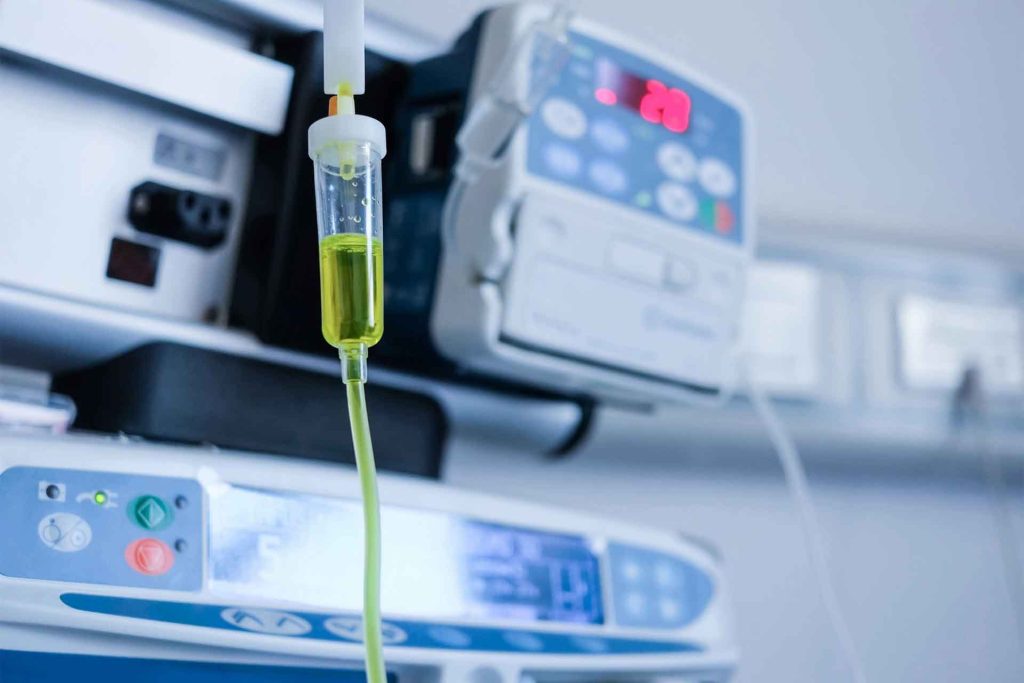
Catheterization Lab
Angiography
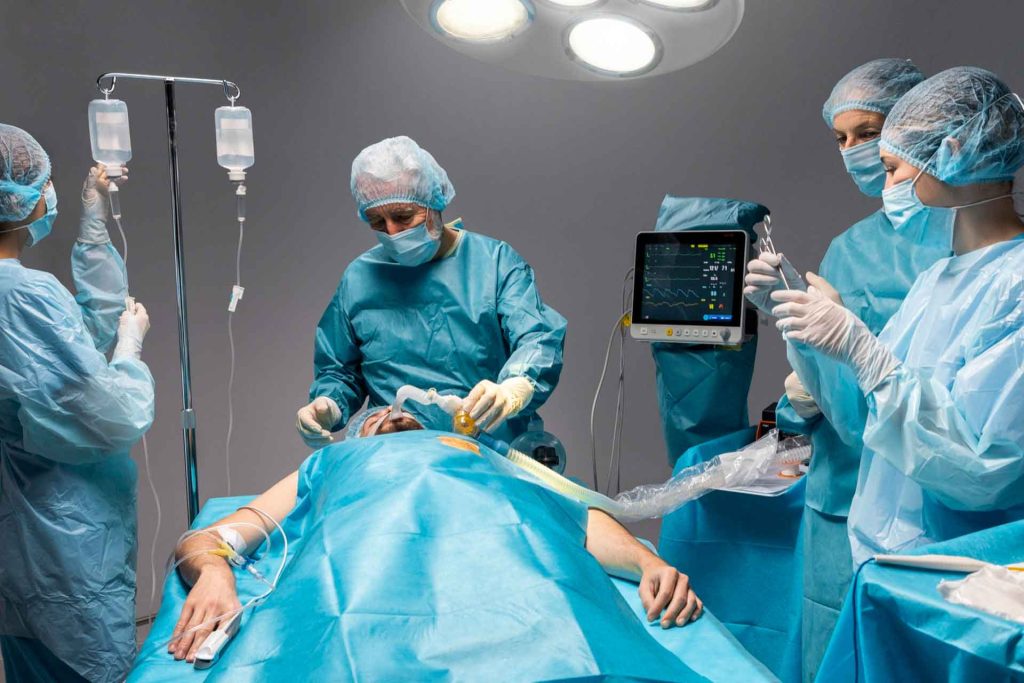

Electrocardiogram
Percutaneous Coronary
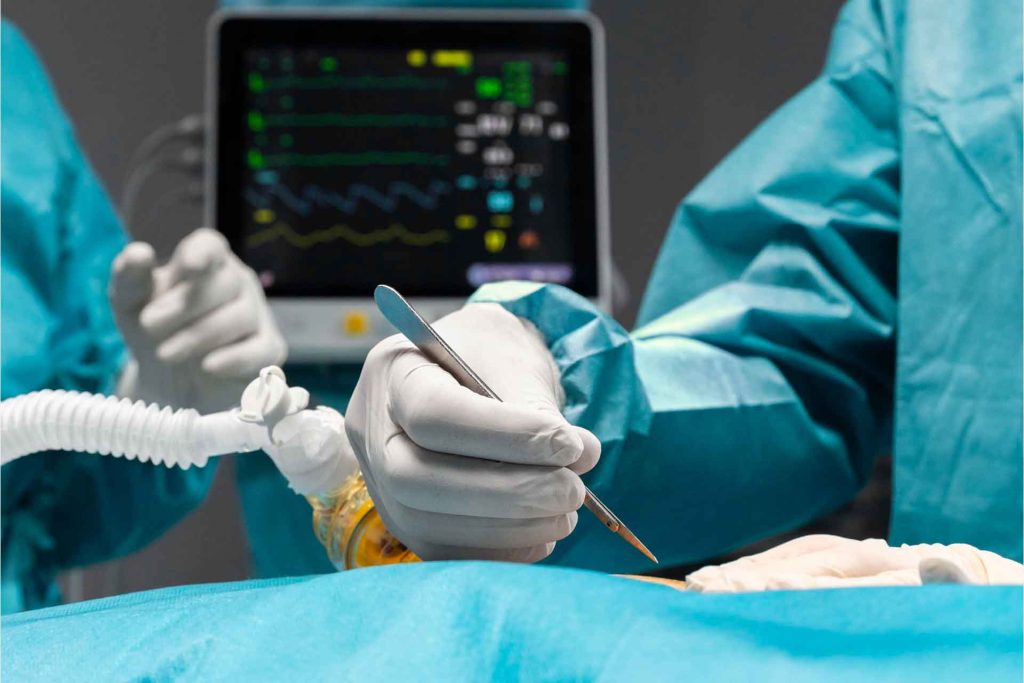
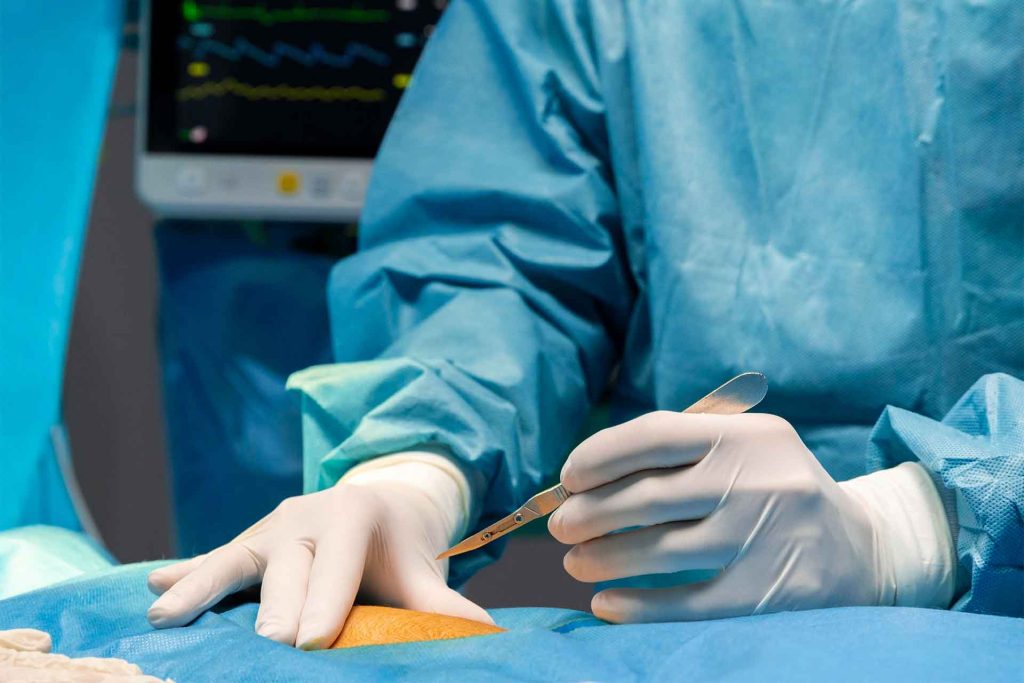
Exercise Tolerance
Echocardiogram (ECO)


Holter Monitor
Blood Pressure Monitoring
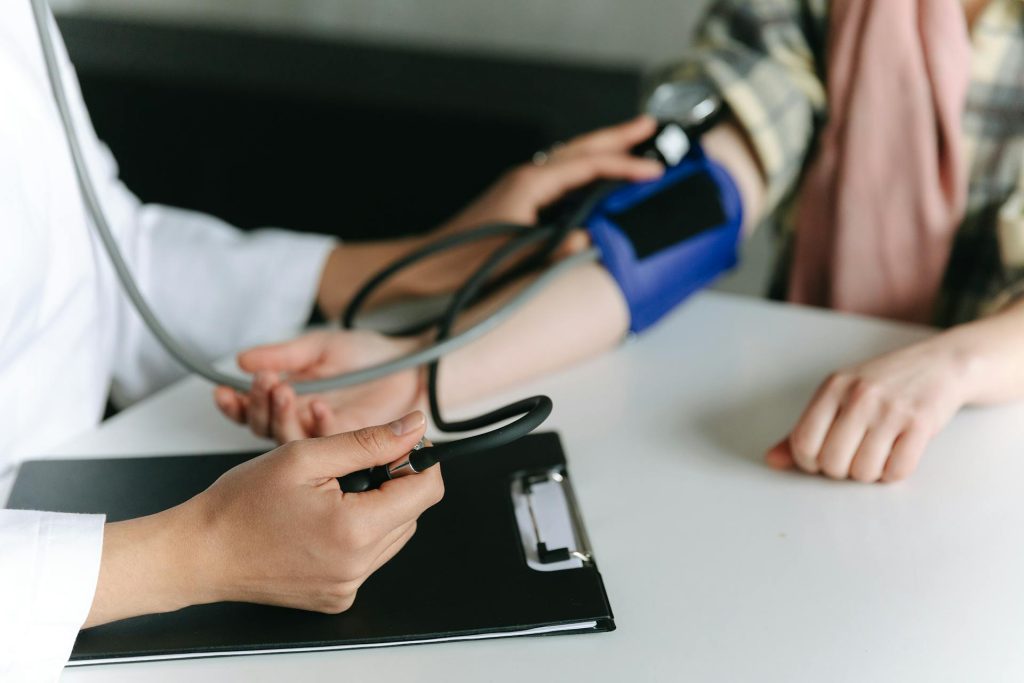
Meet Our Doctors

Prof. Dr. Muhammad Rehman
Department: Cardiothoracic and Vascular Surgery Department
Designation: Professor & Consultant

Prof. Dr. Azam Jan
Department: Cardiothoracic and Vascular Surgery Department
Designation: Head of Department, Consultant

Prof. Dr. Miqdad Ali Khan
Designation: Head of Department, Consultant
